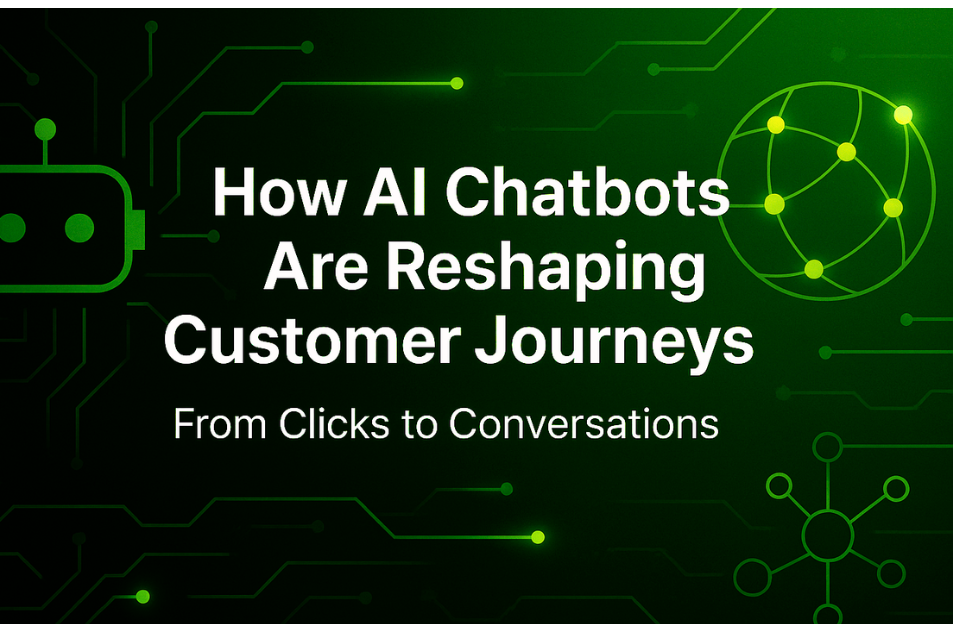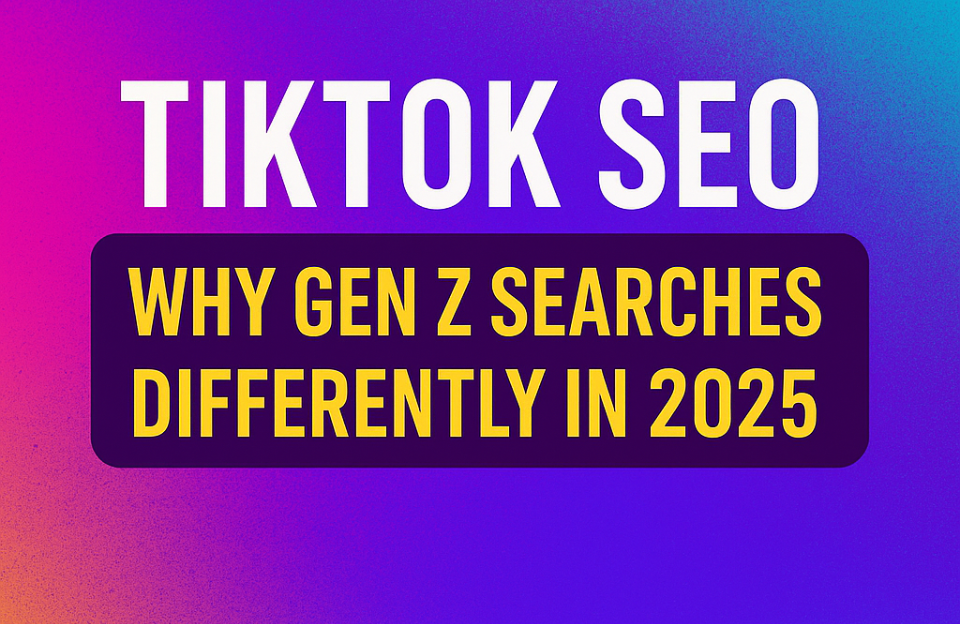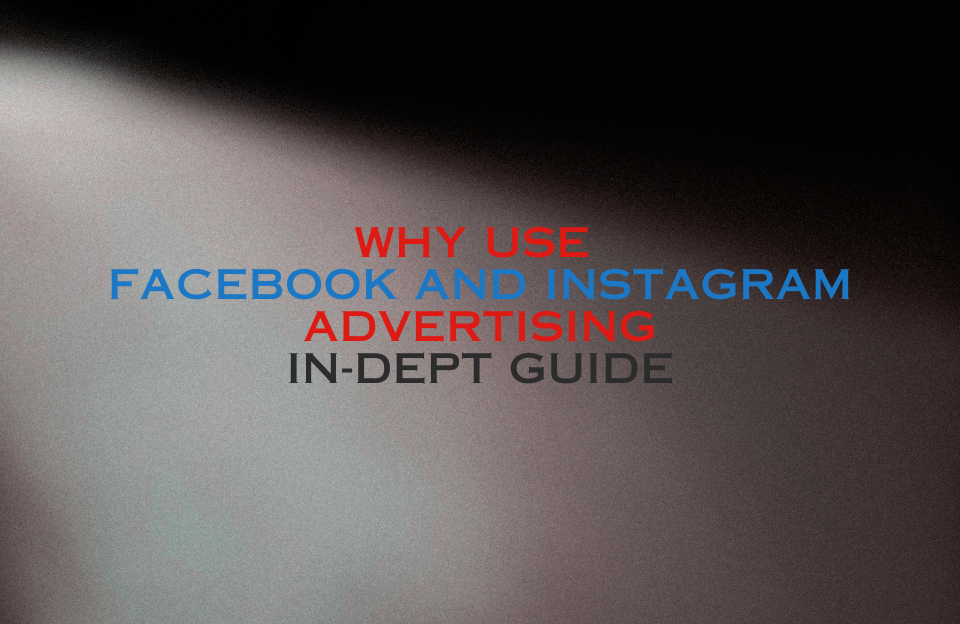Introduction
The way people interact with brands online has shifted dramatically. Gone are the days when a single website visit or email click defined customer engagement. Today, users expect instant answers, personalized support, and seamless interactions — all of which AI chatbots are increasingly delivering. This shift from clicks to conversations marks a major evolution in how businesses design, measure, and optimize the customer journey.
What Are AI Chatbots?
AI chatbots are intelligent programs that simulate human conversation using natural language processing (NLP), machine learning, and automation. Unlike traditional chatbots that rely on rigid scripts, AI-powered bots can understand context, intent, and sentiment — and respond accordingly.
They operate across platforms: websites, mobile apps, WhatsApp, Messenger, Slack, and even voice interfaces like Alexa and Google Assistant. Their role is no longer limited to “FAQ bots” — they now handle lead generation, product recommendations, appointment booking, feedback collection, and more.
Why Are AI Chatbots Gaining Traction?
- 24/7 Availability: Chatbots never sleep. They provide real-time assistance without the need for human agents to be online.
- Scalability: One bot can handle thousands of conversations simultaneously, reducing operational costs.
- Personalization: With access to CRM and behavior data, chatbots can tailor their responses based on user history and preferences.
- Speed: Instant replies mean less friction and higher customer satisfaction.
How AI Chatbots Fit Into the Customer Journey
1. Awareness Stage
AI chatbots can greet new visitors, offer product explainers, or ask qualifying questions. For example, a SaaS company might use a chatbot to help visitors identify which plan suits their needs through a quick quiz-like flow.
2. Consideration Stage
When users are comparing options, chatbots can provide key differentiators, answer FAQs, and even connect to live agents. E-commerce brands use bots to suggest products based on previous browsing or cart behavior.
3. Decision Stage
AI chatbots can assist with checkout processes, offer discounts to hesitant users, or clarify return policies — helping users overcome the final barriers to purchase.
4. Post-Purchase & Retention
After the sale, chatbots play a huge role in onboarding, support, feedback collection, and loyalty campaigns. For instance, a bot might guide users through setup, send reminders, or offer complementary products.
Real-World Examples
- Sephora: Their chatbot on Messenger allows users to book in-store appointments, get makeup tutorials, and receive product suggestions — boosting conversions and in-store visits.
- Duolingo: Uses an AI chatbot to help users practice conversations in different languages in a human-like way.
- H&M: Their Kik-based chatbot guides shoppers through outfit choices by asking preferences and budget, mimicking the experience of a personal stylist.
The Technology Behind It
Modern AI chatbots use tools like:
- GPT-based language models (like OpenAI or Anthropic) to generate natural, dynamic responses.
- Dialogflow (by Google) or Microsoft Bot Framework to structure conversational flows.
- CRM and data integrations to personalize each interaction.
The Future of AI Chatbots in Customer Experience
The role of AI chatbots is set to expand even further. Here’s what to expect in the near future:
- Hyper-personalized interactions: Bots will act like personal digital assistants — recognizing returning customers, knowing preferences, and making predictive suggestions.
- Voice & multimodal chatbots: With devices like Alexa and wearables growing, brands will need to create bots that understand not just text, but tone and voice commands.
- Seamless human handoff: Chatbots will increasingly serve as the “first filter,” handing off to human agents only when necessary, without losing context.
- Proactive engagement: Bots will initiate conversations, offering help before users even ask — for example, when someone hesitates on a checkout page.
- Ethical AI governance: As bots become more human-like, businesses will face pressure to be transparent about AI usage and avoid manipulative behavior.
How to Get Started With AI Chatbots
If you want to integrate chatbots into your customer journey, start small:
- Identify one high-impact use case: e.g. product recommendations or abandoned cart recovery.
- Choose a no-code or low-code chatbot platform like Tidio, Chatfuel, Intercom, or ManyChat.
- Integrate with your CRM and analytics tools to personalize interactions and track success.
- Test continuously and allow easy escalation to human agents.
Conclusion
AI chatbots are no longer “nice-to-haves” — they’re essential touchpoints across the entire customer journey. By embracing conversational marketing, you can engage leads earlier, guide users more effectively, and deliver support at scale. As these tools become more advanced and intuitive, the brands that use them ethically and strategically will set themselves apart in a crowded digital world.




